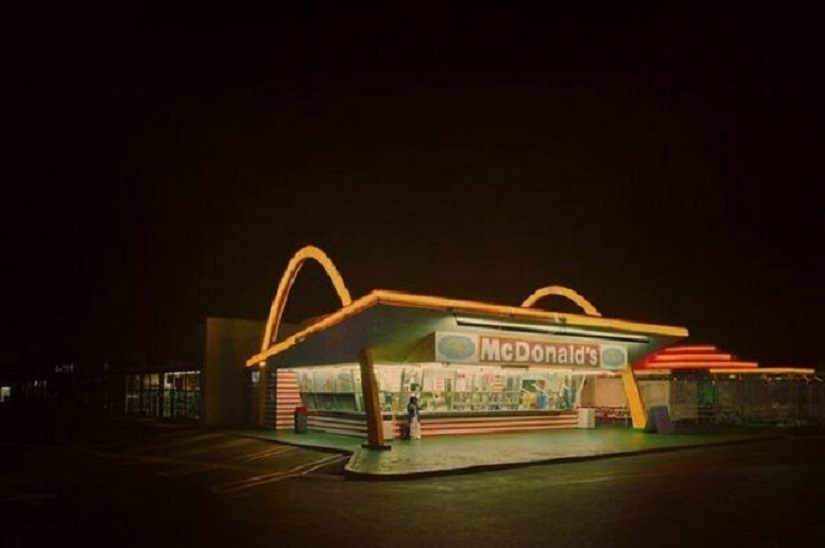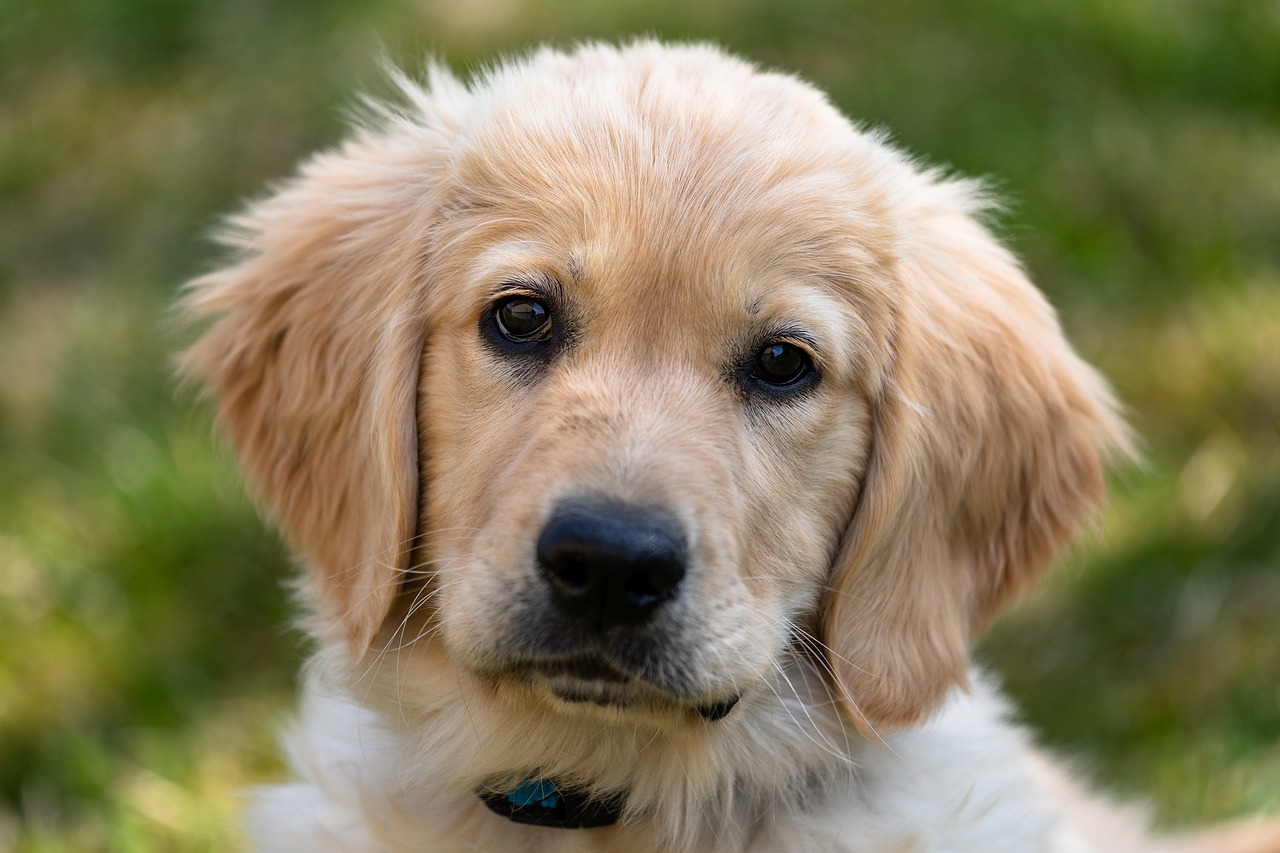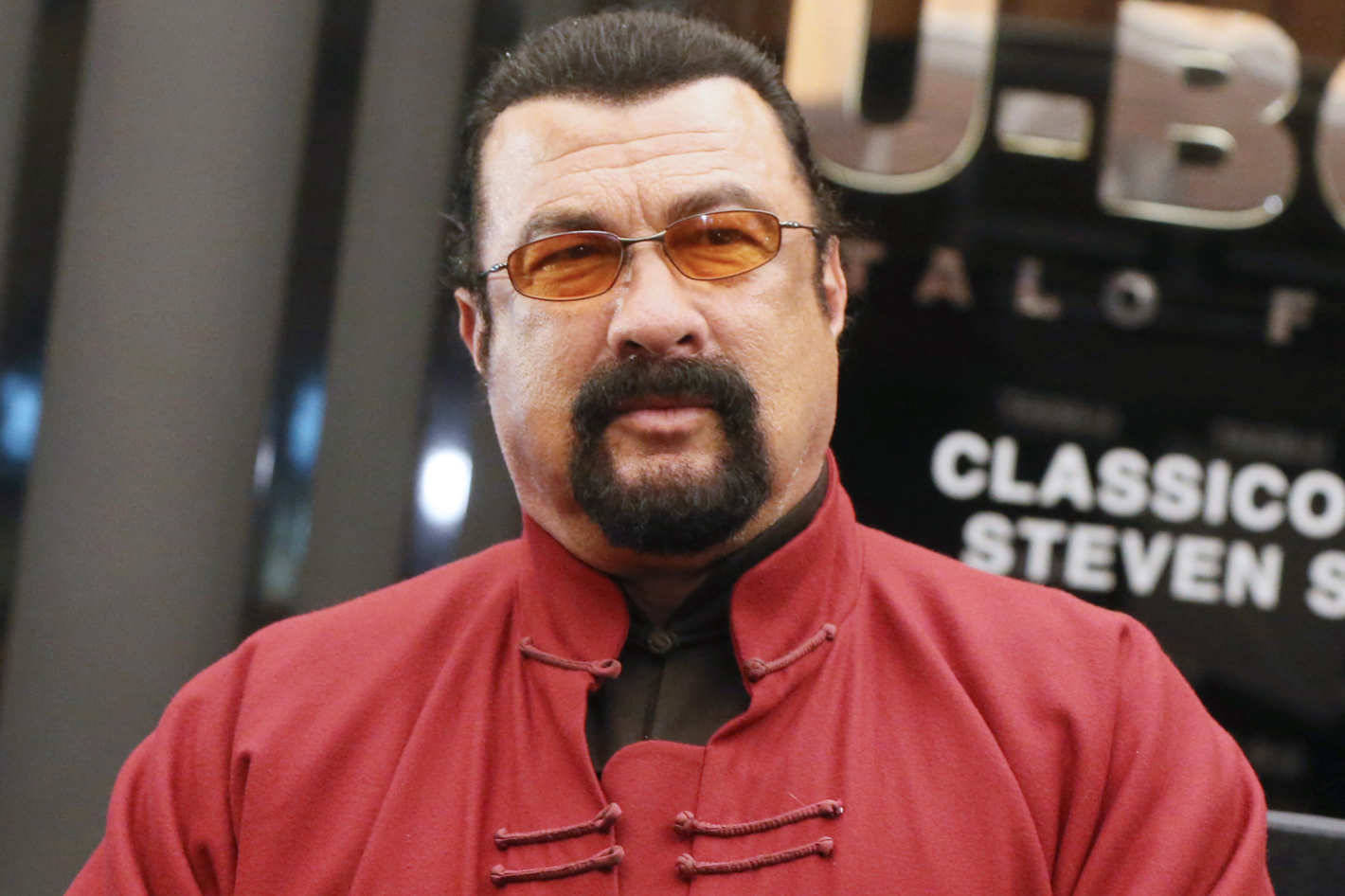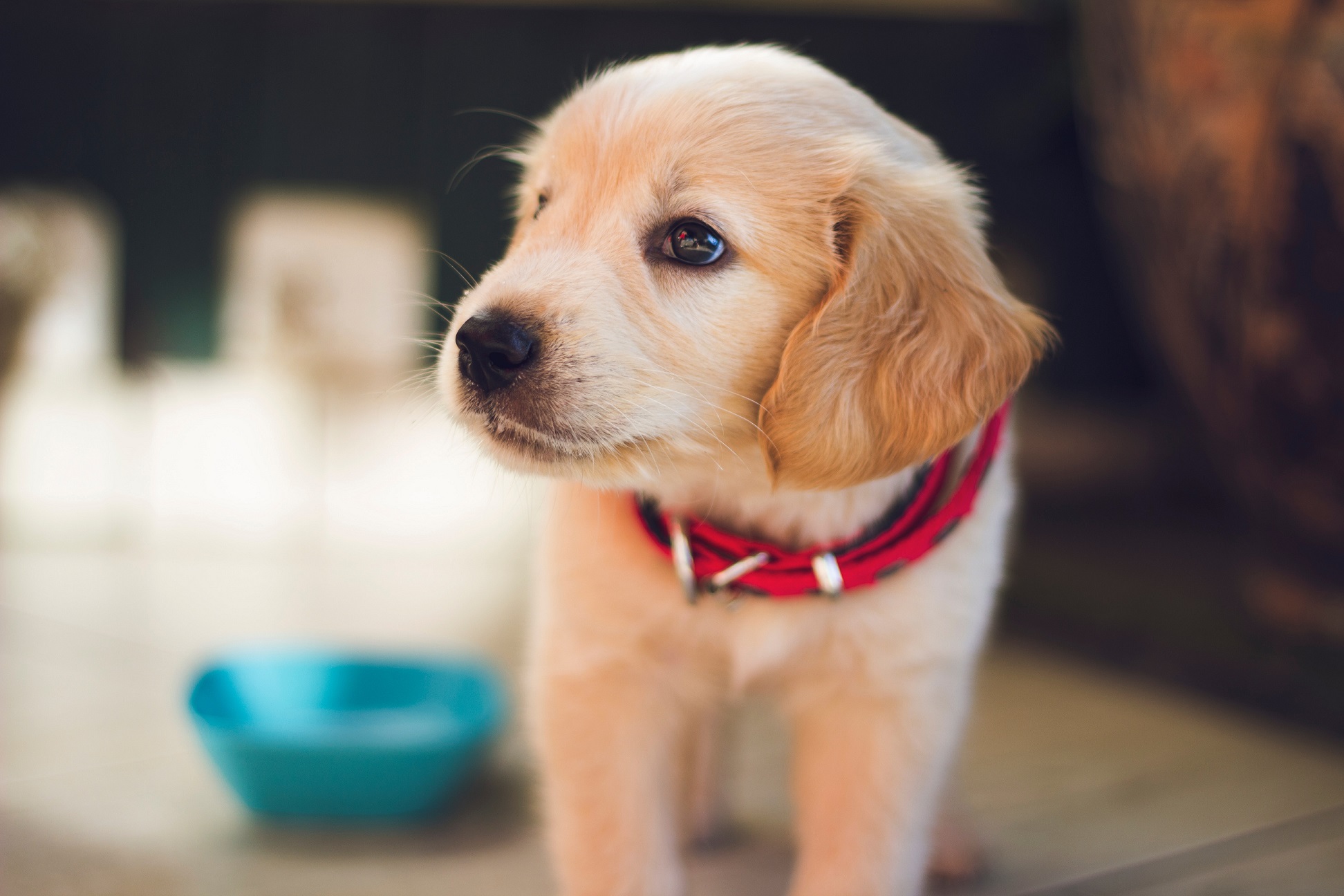Mascot Reveals New Images of Asteroid Ryugu

If you follow any scientific news at all, you have probably already heard of the asteroid Ryugu, a space fossil discovered in 1999 that revolves around the Sun. Good news! We just unveiled new photos of the near-Earth asteroid. Indeed, the Japanese probe Hayabusa 2, which had left Earth on December 2014 with the Franco-German robot Mascot (Mobile Asteroid Surface Scout) on board, finally managed to reach Ryugu on 3 October 2018.
Important photographs for the scientific community
Mascot, who weighs about 10 kilos, landed on the asteroid, which allowed him to measure it and photograph it. These pictures have been analyzed by scientists.
What can we see in the photos that were taken during the 17 hours of the mission? Two different rock and block structures from Ryugu can be identified, some darker and rougher and others lighter and more unified in appearance. If this detail seems innocuous at first sight, it is not so in the eyes of the scientific community.
The result of a collision
Professor Ralf Jaumann of the German Aeronautics and Astronautics Centre (DLR) explained to AFP that this would mean that the asteroid Ryugu would be the result of “a violent process”. Thus, Ryugu could have been caused by the collision of two-parent bodies or could have itself collided with another body, which would explain the different types of rocks on its structure.
Another interesting thing: many of the Ryugu rocks contain primitive red and blue inclusions that were embedded during asteroid formation. It seems that these inclusions are very similar to carbonaceous chondrites, meteorites that can be found on planet Earth.
It can be extremely interesting for scientists to study these colored inclusions, as it would eventually help them to better understand the formation of planets and the evolution of the solar system, which remains quite mysterious despite much more is known than before. Who would have thought that photos taken by a robot would be so important for scientific progress?







